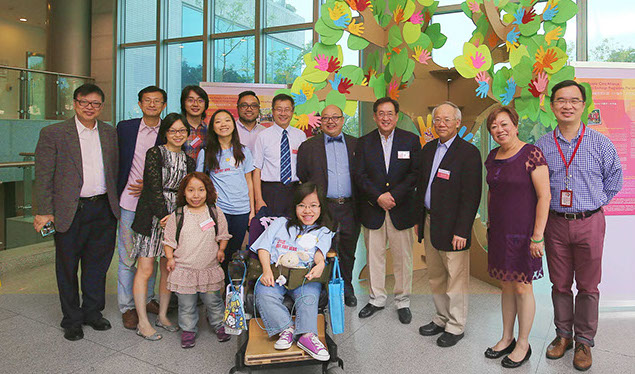
One For The Little People
Professor Danny Chan helps sufferers of skeletal disorders through his research in the Department of Biochemistry. Now he is helping in another way, as a Co-Founder of the Little People of Hong Kong Foundation to support patients and their families and lobby for acceptance in society.

Pre-schooler Nathan Fong was born with achondroplasia, or dwarfism. From his first months, his parents Serene Chu and Dennis Fong struggled with acceptance and understanding. The doctors and therapists they initially saw were not very familiar with the condition and did not know what to advise the family; they finally referred them to specialists at HKU. Then, as Nathan got older, local pre-schools were reluctant to admit him to their classes. He eventually was offered a place in an international pre-school.
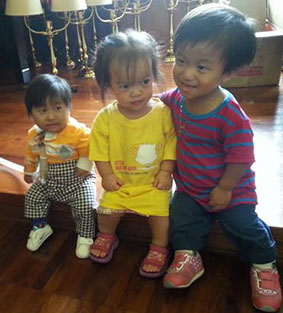
Children with skeletal dysplasias are shorter and smaller, but with appropiate assistance from schools and society, they can grow and learn as happily as other children.
Unfortunately, this is not an untypical situation for children with rare diseases like dwarfism, according to Professor Danny Chan who, with Ms Chu, helped to found the Little People of Hong Kong Foundation (LPHK) in 2013.
“One of the biggest problems is finding a school for these children. Most patients with dwarfism do not have any intellectual problems, they are just short. Even so, many schools reject them. They don’t want an odd student out and they worry about the special things they would have to do because the child may not be able to reach things or join sporting activities like other children.
“Many children with rare diseases experience this problem. It is very unusual to have a child who is physically disabled but intellectually fine in local schools. Very unusual.”
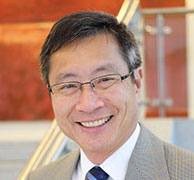
![]() It is very unusual to have a child who is physically disabled but intellectually fine in local schools. Very unusual.
It is very unusual to have a child who is physically disabled but intellectually fine in local schools. Very unusual. ![]()
Professor Danny Chan
No definition, no help
Professor Chan has long been aware of the medical struggles endured by patients like Nathan. He joined HKU’s Department of Biochemistry in 1998 from his native Australia and was struck by the lack of awareness here of not only rare bone diseases, but rare diseases in general.
The Hong Kong Government does not have an official definition of rare diseases, unlike other developed societies which typically classify a disease as rare if it affects about one in 10,000 people or less and offer programmes to support patients. That rate is per disease – there are thousands of known rare diseases.
Three years ago, Professor Chan started talking with colleagues about what they could do beyond medicine and research to help patients. Raising awareness seemed essential. He contacted local television channel TVB’s The Pearl Report, which then produced the programme ‘Orphan Diseases’ about the situation in Hong Kong.
During the filming, he met Ms Chu and suggested to her that they set up LPHK to bring families together and support each other. They also got support from a friend of Nathan’s family, the Master of St John’s College Dr Eric Chong, who provided them with an office space.
“I originally had wanted to focus on rare diseases in general but it’s too big a field so we started with rare bone diseases,” Professor Chan said. “We thought very hard about what we wanted to achieve and we decided that at the end of the day we needed to change the mindset of the people of Hong Kong and the Government.”
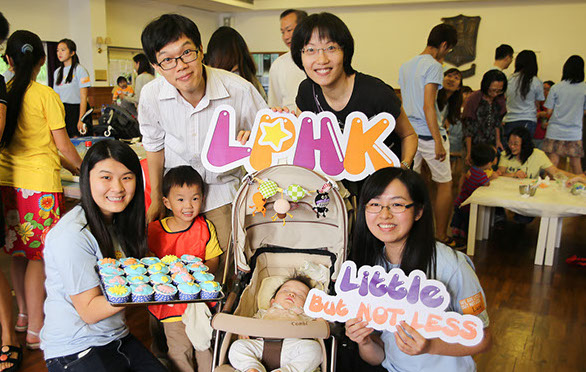
HKU’s ‘Big Brother Big Sister programme’ aims at building long-term friendships between the junior patients and HKU students through a series of activities such as the cupcake fun day.
Spreading the word
Last spring they organised a symposium on how to promote awareness of rare diseases and accommodate these children in schools. The event was attended by more than 150 principals, teachers and students and Dr York Chow, the Chairperson of the Equal Opportunities Commission.
A high-table talk was also organised at St John’s College featuring two adults with rare bone disorders, one a stem cell scientist and the other a social worker. Connections were made in Mainland China through Dr Michael To Kai-tsun of the Department of Orthopaedics and Traumatology, who with Dr Brian Chung Hon-yin of the Department of Paediatrics and Adolescent Medicine treated Nathan Fong. Dr To introduced LPHK to the China Doll Association, which represents people with brittle bone disease, to discuss future collaboration and share experiences in running charitable foundations.
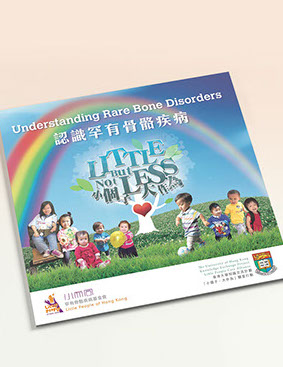
Professor Chan’s team, in cooperation with the Little People of Hong Kong Foundation, published a booklet to educate society with accurate information about rare bone disorders.
Early this year, LPHK also published a booklet targeting Hong Kong’s education sector, which was supported by HKU’s Knowledge Exchange Fund. It showcases stories like that of Nathan, shows how schools can accommodate little people and highlights the achievements of adults with dwarfism.
Professor Chan is also a council member of the newly-established Hong Kong Alliance for Rare Diseases, which is working with different sectors of the community to raise awareness. They recently held fruitful talks with the representatives of the Hong Kong Children’s Hospital which is due to open in 2018.
“This has all been very rewarding for me,”
he added. “As a scientist, I want to connect with the community and share what I can with them, not just sit in my office and laboratory. I am also fortunate to have a young, supportive team in my laboratory, in particular, Dr Wilson Chan and
Dr Vivian Tam, who also help with all the activities of LPHK.”
Next

